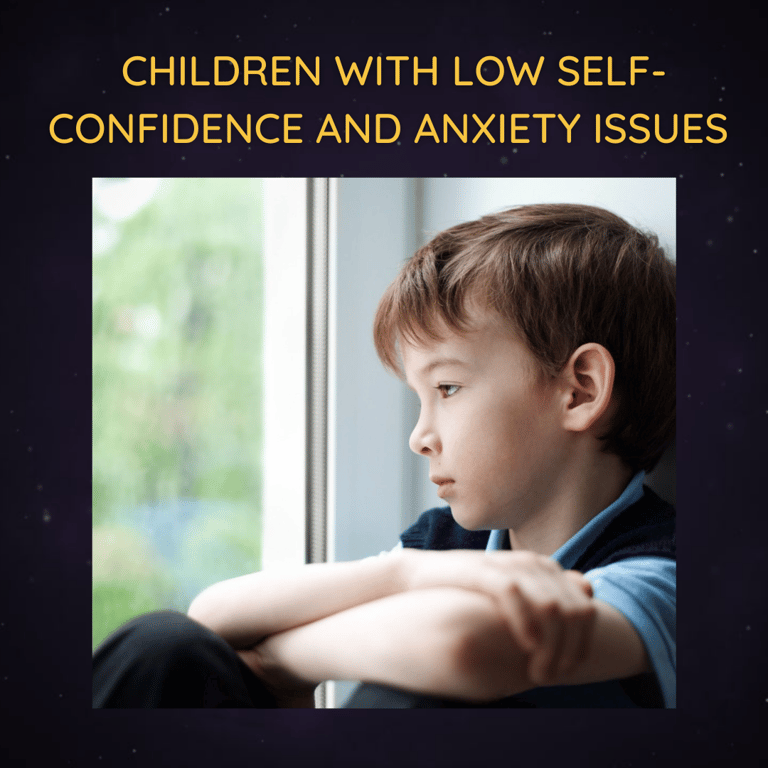Is Your Child Struggling with Confidence?
Recognizing low self-esteem in children aged 6–16 can be the first step to helping them thrive. From avoiding challenges to withdrawing socially, the signs can be subtle—but they matter.


🌱 Recognizing Self-Esteem Challenges in Children Aged 6–16
Self-esteem plays a crucial role in a child's emotional and social development. Between the ages of 6 and 16, children undergo significant changes, and difficulties in self-confidence can manifest in various ways. Understanding these signs is essential for parents, educators, and caregivers to provide timely support.
🧠 Understanding Self-Esteem in Development
According to Erik Erikson's stages of psychosocial development, children between 6 and 12 years are in the "Industry vs. Inferiority" stage, where they strive to achieve competence. Success leads to a sense of industry, while failure can result in feelings of inferiority. Adolescents (12–18 years) face the "Identity vs. Role Confusion" stage, focusing on developing a personal identity. Challenges here can lead to confusion and low self-esteem.
🔍 Signs of Low Self-Esteem in Children and Adolescents
1. Avoidance of New Challenges
Children may shy away from trying new activities due to fear of failure or embarrassment. This avoidance can hinder skill development and reinforce feelings of inadequacy.
2. Negative Self-Talk
Frequent expressions like "I can't do anything right" or "I'm not good enough" indicate internalized negative beliefs. Such self-talk can perpetuate low self-worth.
3. Sensitivity to Criticism
Overreacting to feedback or perceiving neutral comments as negative can be a sign of fragile self-esteem. This sensitivity may lead to withdrawal or aggression.
4. Withdrawal from Social Interactions
Children with low self-esteem might isolate themselves, avoiding peers and social situations to prevent potential rejection or failure.
5. Academic Challenges
A lack of confidence can affect academic performance. Children may not participate in class, avoid seeking help, or give up easily when faced with difficulties.
📊 Supporting Evidence from Recent Studies
A study published in the Journal of Adolescent Health found that low self-esteem in adolescents is associated with various risk factors, including poor academic performance and limited participation in team sports. Conversely, positive parental involvement and supportive school environments were linked to higher self-esteem levels.
Another research article from Child and Adolescent Psychiatry and Mental Health highlighted the impact of parental psychological control on children's self-esteem. The study emphasized the importance of fostering autonomy and supportive parenting practices to enhance self-worth in children.
🛠️ Strategies to Support and Enhance Self-Esteem
1. Encourage Effort Over Outcome
Praise the process and effort rather than just the result. This approach helps children value persistence and resilience.
2. Foster a Growth Mindset
Teach children that abilities can be developed through dedication and hard work. This mindset encourages learning from mistakes and viewing challenges as opportunities.
3. Provide Opportunities for Success
Engage children in activities where they can experience success, building confidence in their abilities.
4. Model Positive Self-Esteem
Demonstrate self-acceptance and positive self-talk. Children often emulate adult behaviors and attitudes.
5. Create a Supportive Environment
Ensure that home and school environments are safe spaces where children feel valued, heard, and respected.
📚 Conclusion
Recognizing and addressing self-esteem challenges in children aged 6 to 16 is vital for their overall development. By understanding the signs and implementing supportive strategies, caregivers can help children build a strong foundation of self-confidence and resilience.
